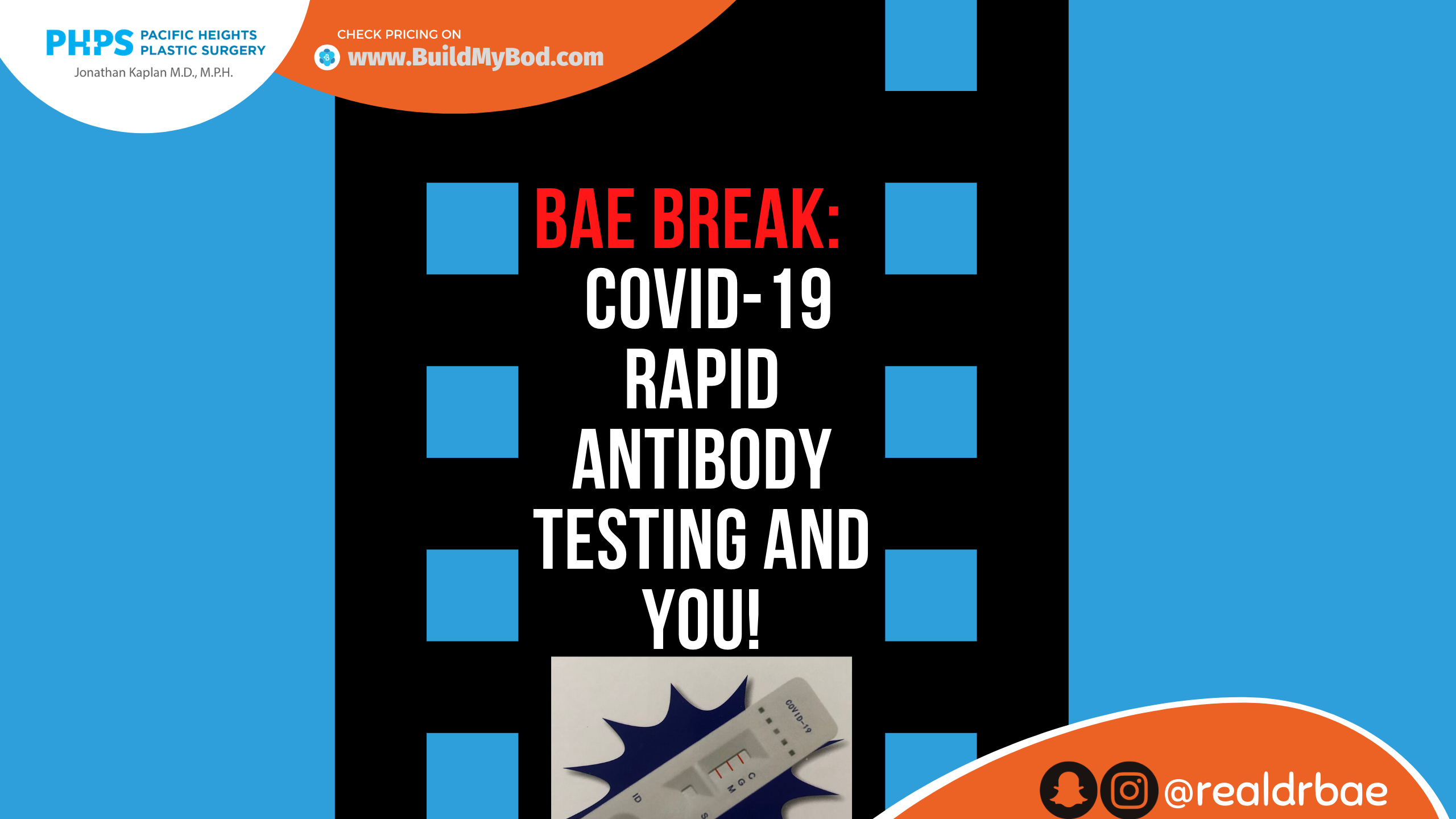 While we were all quarantining at home, I wrote this article arguing that testing for COVID-19 was pointless at the time. Sure, if you were really sick in the hospital and your doctor suspected coronavirus, it made sense to get the test. But if you, like everyone, was on lockdown, why get a test? If you’re already at home, you’re not spreading it to anyone even if you had it. But now, things are changing. If we start to lift the shelter-in-place designation, then testing becomes very important. However, a test to see if you have it or not isn’t helpful. We need something more informative. COVID-19 rapid antibody testing is the appropriate test for the moment.
While we were all quarantining at home, I wrote this article arguing that testing for COVID-19 was pointless at the time. Sure, if you were really sick in the hospital and your doctor suspected coronavirus, it made sense to get the test. But if you, like everyone, was on lockdown, why get a test? If you’re already at home, you’re not spreading it to anyone even if you had it. But now, things are changing. If we start to lift the shelter-in-place designation, then testing becomes very important. However, a test to see if you have it or not isn’t helpful. We need something more informative. COVID-19 rapid antibody testing is the appropriate test for the moment.
COVID-19 rapid antibody testing
The tests everyone originally talked about getting were those that tested for the presence or absence of the virus that causes COVID-19. It was helpful at the beginning of this pandemic if you were symptomatic and your doctor needed to confirm your diagnosis for the most appropriate treatment. Or confirming your diagnosis might get you into a trial for an an experimental treatment.
But now that we may be moving back out into the community, we need a bit more information. Antibody testing provides more data than the typical PCR (polymerase chain reaction) tests that check for the presence of the coronavirus’ genetic material. As the video below explains, antibody testing can check for non-exposure, recent or current exposure and immunity.
Depending on the presence or absence of immunoglobulin M or immunoglobulin G in your blood, you can learn a lot about a person! Rather than repeating it all here, check out the video below to learn about the following four topics. First, are rapid antibody tests approved by the FDA or not? Second, how does antibody testing work? Third, how do the tests actually work? And fourth, how can antibody tests be used when reopening clinics and treating patients?
Video explaining COVID-19 rapid antibody testing




